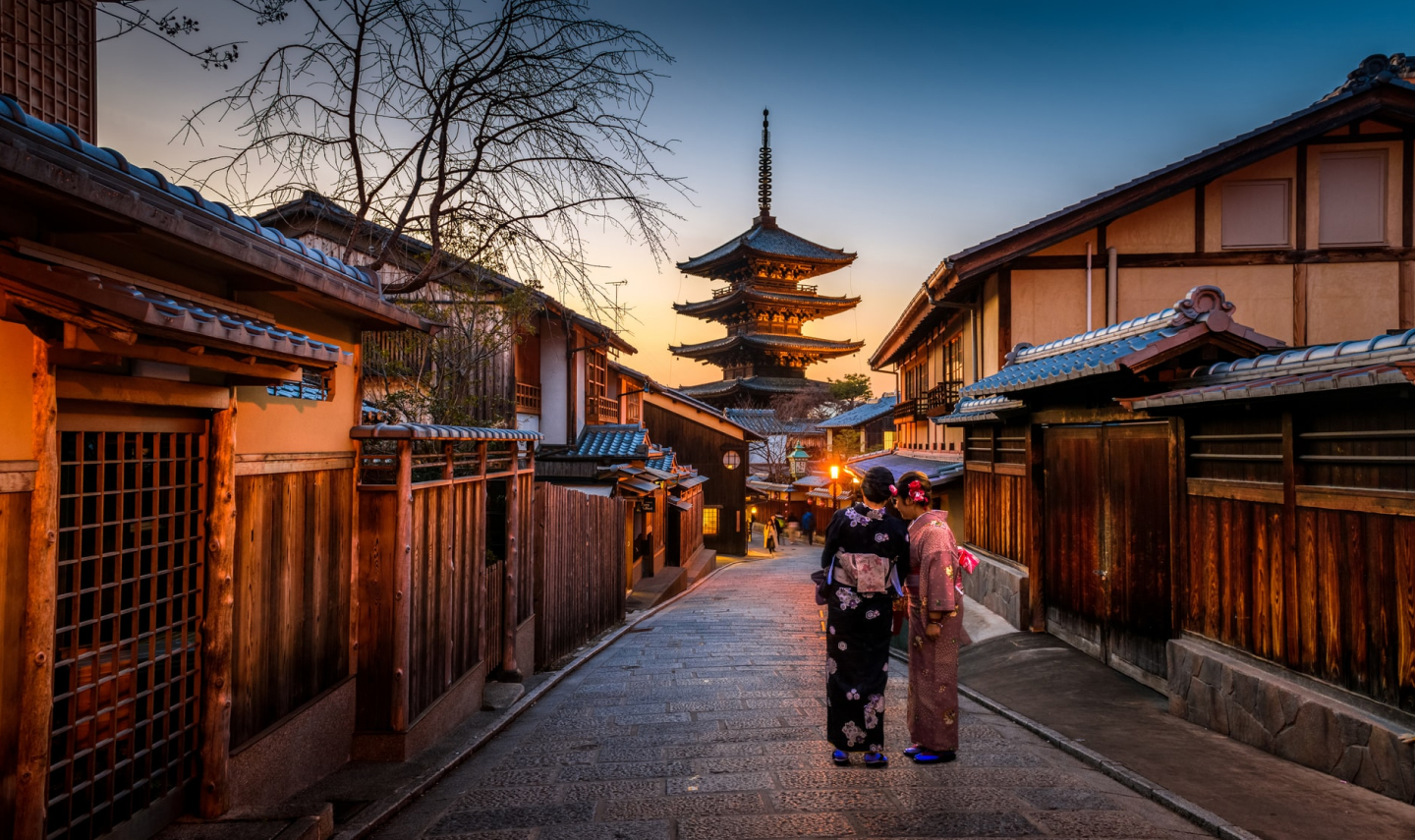Bhutan Travel Guide - Getting to know Bumthang
Captivating in its rustic tranquility, the Bumthang district is often referred to as Bhutan’s religious and cultural heartland. Many of the country’s oldest temples and monasteries are located here amid tightly knit farming communities, rice paddies and fields of golden wheat. Bumthang is composed of four broad, glacier-carved valleys: Ura, Chumey, Tang and Choekhor, the last of which is unofficially known as Bumthang Valley, as it holds several of the most significant landmarks, as well as Jakar, the district capital. Each valley has its own distinct ambience and dialect, and together they promise some of the finest scenery in all Bhutan.
Bhutan Bumthang Travel Guide
Rich in sacred artefacts and spiritual heritage, it’s no exaggeration to describe Bumthang as the cradle of Bhutanese Buddhism. Many sites here are associated with Padmasambhava, the Guru Rinpoche, who is said to have arrived in Bhutan from Tibet atop a flying tigress. Padmasambhava visited Bumthang to deal with a troublesome deity, and legend has it that during his travels he hid many Buddhist teachings to be discovered by the faithful at later dates.
The landscape of Bumthang - pine-clad mountains, deep valleys and fragrant meadows - is reminiscent of the Swiss Alps, and much of it is protected. Sheep graze peacefully in their pastures, while farmers tend herds of dairy cows, and gather apples from the orchards. Yathra, the brightly coloured woven textiles that can be found in many of Bhutan’s markets, are a speciality in Chumey. The valley is also notable for having a 700-year old hemlock, thought to be the oldest tree in the country, and a small chapel where you can see what is reputed to be the footprint of Guru Rinpoche left in a stone.
Ura is known for its unique clustered houses, with charming cobbled streets that give it an almost mediaeval feel. The Tang Valley is the most remote part of Bumthang, and where you can hike to the sacred Burning Lake. But it is the myriad temples, monasteries and shrines dotting the Choekhor Valley that are Bumthang’s main attraction, and the reason why most travellers base themselves in the small town of Jakar here. For those wanting to hike through astonishing natural beauty, trace Bhutan’s religious history, or simply immerse themselves in an atmosphere of complete serenity, Bumthang is an unmissable destination.
What to do in Bumthang
Overlooking the Choekhor Valley, the 17th century Jakar Dzong is a masterpiece of strategic fortification, built to endure siege conditions and defend eastern Bhutan. Elegantly simple in its design, the dzong is known as the ‘Castle of the White Bird’, because when choosing a location to place their monastery, the lamas were convinced that the sight of a large bird perching on the hilltop was a good omen.
The impressive Kurjey Lhakhang complex is named after a body print (kurjey) which the Guru Rinpoche left in a cave, now preserved inside the oldest of the three buildings here. There are many fascinating myths and stories associated with the temple, including the tunnel said to clean away your sins if you crawl through it, a cypress tree which supposedly sprouted from the guru’s walking stick, and a sacred spring where the monks come to wash their socks!
Also in Choekhor, the Kongchogsum Lhakhang is a majestic modern temple, its towering walls and columns covered in murals. The building encases the remains of a much older temple, which was almost entirely destroyed by a butter lamp fire in 2010. You can see a number of superb statues here portraying figures including Guru Rinpoche and Pema Lingpa, and also a fragment of a huge, ancient bell that was damaged in a thwarted attempt to steal it by Tibetan soldiers.
Around Bumthang
The ancient Jambay Lhakhang is thought to date back to 659. According to legend, it is one of 108 temples built by a Tibetan king in a single day spent attempting to pin down a fearsome demon. So, top marks for effort! Beautifully rendered statues and murals abound in this lhakhang, including 1,000 Buddhas and some intimidating animal-headed demons. Jambay Lhakhang is the location for a thrilling fire festival every October, linked to fertility rites.
A steep but short hike up from the Tang Valley brings you to the Kunzangdrak Goemba. This simple hermitage perched on a cliff is one of the most sacred sites relating to Pema Lingpa, a Bhutanese saint. Several of his relics are located here, such as a gilded stone anvil which bears his footprint. At the back of the building is the meditation cave of Yeshe Tsogyal, the Mother of Tibetan Buddhism.
Mebar Tsho, ‘the Burning Lake’ is a Bumthang pilgrimage site, significant for its role in the legend of Pema Lingpa. Legend has it that Lingpa had a vision of hidden treasure below the surface, and dived naked into the lake holding a lit butter lamp in his hand. When he emerged several minutes later, not only was he clutching a scroll and a chest, but the lamp was still alight.
Bumthangka
Residents of Bumthang speak Bumthangka, a notably different dialect to Bhutan’s national language (Dzongkha).
Swiss cheese
From time to time in Bhutan, you’ll encounter Swiss cheese on the menu, and it’s produced in Bumthang! Started by a young Swiss man who arrived in the 1960s, the Jakar factory makes several varieties, including emmental. If you fancy a tipple with your tastings, next door is a brewery that uses German equipment, Indian barley, and wonderfully pure spring water from the local area for its beer.
Speak to one of our
Concierge specialists

Start planning your tailor-made trip by contacting one of our Concierge specialists
Map of Bumthang
Places on the map
-
Bumthang
-
Phobjikha Valley
-
Punakha
-
Thimphu
-
Paro






















